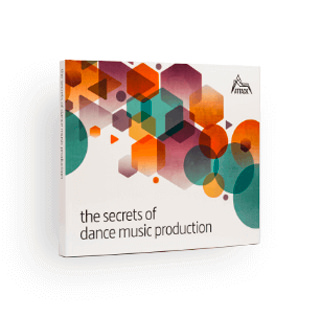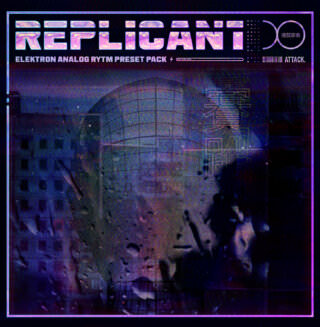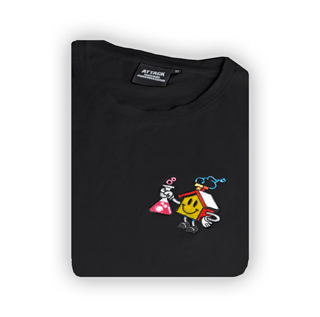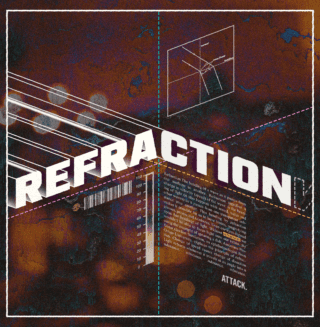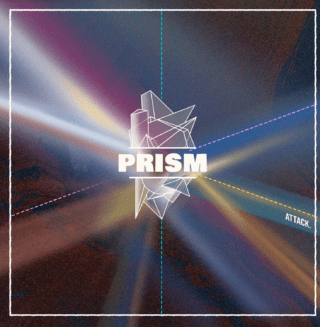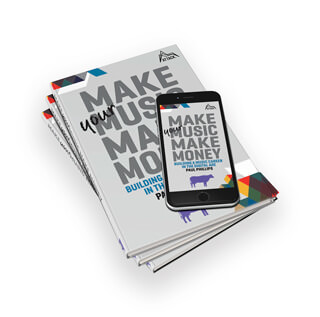Northern Light Modular (NLM) are a global collective of music tech enthusiasts who create synth modules, with a particular current focus on creating and adapting those in the Buchla format. We took a deep dive into the Aurora Australis that retails for a cool £11,759.
To kick off our review, it might be worth elaborating on modular formats, particularly in a world so seemingly dominated by Eurorack modules of every kind. To do this we need to turn back the clock to the 1960s and take into account that there was no standard way to mount or even patch synthesiser modules and audio processors. This meant that it was really up to individual manufacturers to decide on how to integrate their creations.
Whilst there were many examples of bespoke (synth) systems around, usually associated with academia or national broadcasting organisations, two particular creators of note are worth exploring. Bob Moog and Don Buchla have become symbols of two approaches to synthesis – ‘East Coast’ and ‘West Coast’ respectively. Though many overlaps existed, Moog embraced subtractive synthesis techniques and conventional keyboard control, whilst Buchla explored unusual forms of sound control combined with more complex oscillator types (allied to detailed parameter control).
An important factor that comes out of these different approaches is that signal flow and connectivity is handled somewhat differently, and these differences continued with the now well-established Eurorack format. For anyone with a passing interest in modular synthesis systems, those created by Buchla were (and still are) quite recognisable. They sport silver front panels, colourful sockets (to indicate signal types) and a combination of banana jacks (for CV and trigger/pulse signals) and minijack-style for audio.
However, you must beware as they are slightly different to (and predate) modern 3.5mm types. Buchla systems use TiniJax, which although 3.5mm in diameter, has a different tip size. Buchla systems also use different panel formats to Eurorack, meaning that combining both approaches is not immediately straightforward.
This is where Northern Light Modular come in, as their range of modules includes both some of their own creations, as well as others based around existing Eurorack elements. They sometimes combine two or three Eurorack elements into one larger module. For those wanting to make the big leap into ‘Buchla World’, NLM has put together the Aurora Australis. It combines 16 of their modules in a 12U housing.
To say it looks impressive is an understatement but this is perhaps to be expected given the £11,000 and upward price tag. In other words, this represents a serious commitment, though you could start with a more modest collection of modules to get the ball rolling. Let’s look at each module in turn, before discussing the whole package.
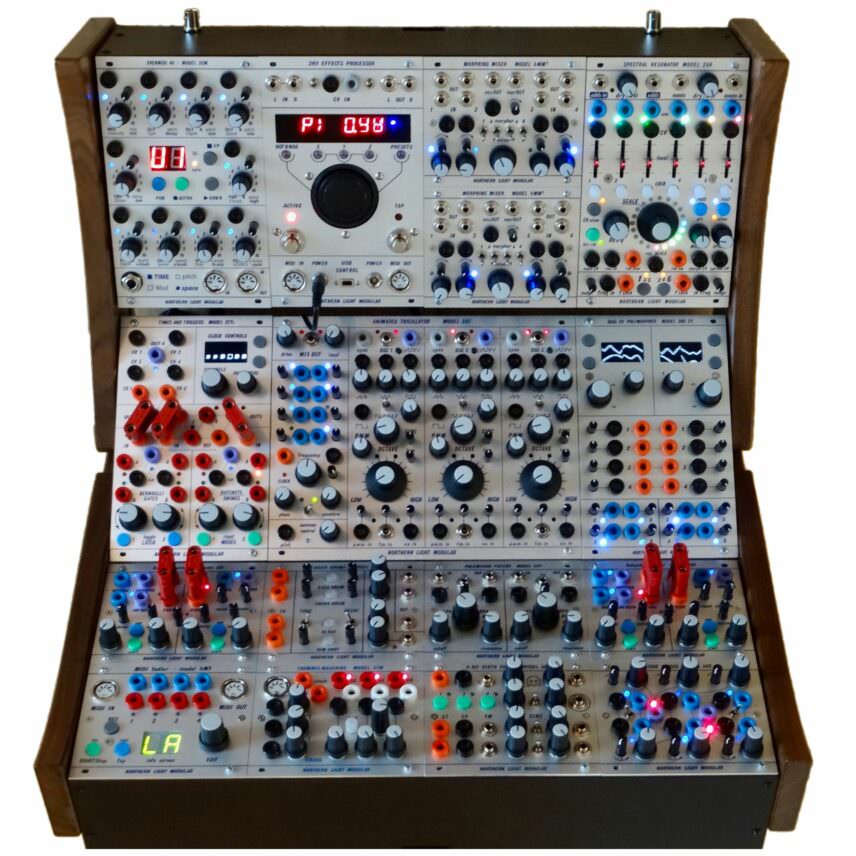
Three Is The Magic Number
A good place to start is with sound generators and there’s no missing the Animated Tricillator (Model 2AT)! At its core sits three VCOs based around the classic 3340 chip. This IC has graced the circuits of a host of synths including (but not limited to) the Oberheim OB-8 and Sequential Circuits Prophet 5 Rev 3 (and Rev 4).
Here each oscillator offers similar functionality. They generate three simultaneous wave shapes (Saw, Triangle and Pulse with variable width), as well as an adjustable square-wave sub-oscillator. It’s here that you then notice the influence of the Roland SH-101 creeping in, albeit in triplicate and with lots of patching potential.
So far so good, but we’re not quite done yet. On the left portion of the front panel are some useful and unusual extras. The oscillator mix section adds a drive control (with optical-based clipping) and there’s a common CV pitch input for controlling all the VCOs simultaneously. More unusual, there’s ‘swarm LFO’. Unlike a conventional single-output Low-Frequency Oscillator, this LFO has one master frequency output but with seven others offset in frequency or phase (determined by a front-panel switch), with each getting its own output level attenuator.
There’s a lot to like with this module, and as we shall see elsewhere, NLM manages to combine an interesting array of features.
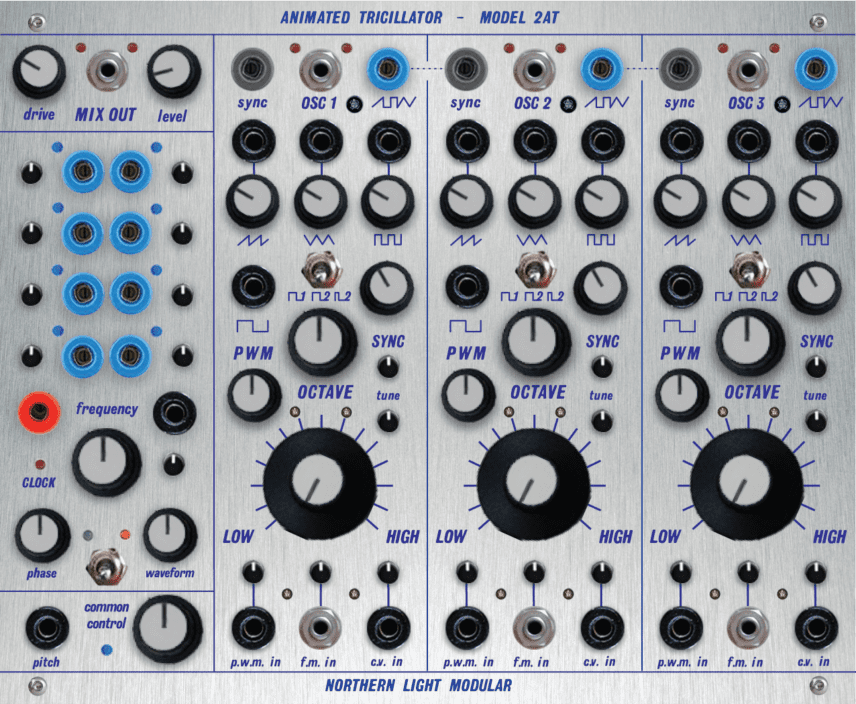
Given its size and price (€1800) I wonder if the Tricillator’s appeal might have been expanded further by the inclusion of a simple two-stage envelope and filter section to make it a true single-module synth. However, these quibbles aren’t really a big issue in the world of expandable modular systems.
One other issue I found, which is common to most of the NLM gear, is the lack of any manual or more detailed user information. This does mean that a system based around NLM modules might have limited appeal to those looking to make their first foray into hardware or modular synthesis. I contacted NLM and they quickly pointed me in the direction of some videos (and there are some links with a little more info on their website).
In terms of sound generation NLM has included another synth module in the system, but this time it is the limitations that are exploited. Their half-height 8-bit Synth Voice (Model h8B) is geared toward 8-bit chiptune-style tones and includes four digital oscillators. This makes it a great choice for creating chords, drones or just digital dirt and nastiness. In fact, it is based on Mutable Instruments Edges (but in a more compact form) and whilst not a go-to for the full range of classic timbres, it is quirky, fun and useful.
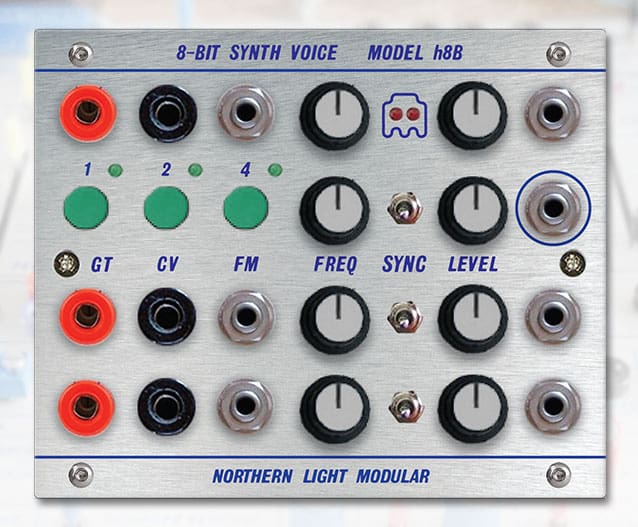
Following swiftly behind in the lo-fi sound stakes is Finger Drums (Model hFD), an interpretation of the basic, but classic, Boss DR55 (and usually only available in DIY form). As with the original, this is limited to four drum voices, though here, there are some switches and pots for adjusting pitch, decay and tone (of the hi-hats). Whilst it has some lo-fi charm, I have to admit that I expected it to be capable of a wider range of tones, and the decay controls turn to self-oscillation quite abruptly.
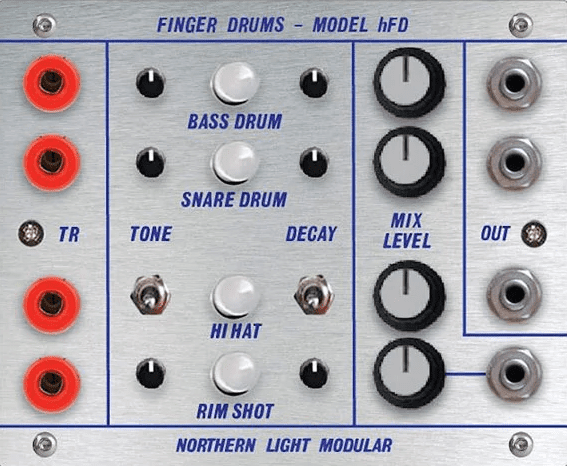
However, putting it to the test with the NLM Trommelmaschine (Model hTM) delivered some useful analogue beats. This is another miniaturisation job – this time of Mutable Instrument’s Grids module (a so-called ‘topographic’ drum sequencer). Pot movements (or CV signals connected to the X and Y controls) navigate through a ‘landscape’ of different pre-defined beats/rhythms output via the three trigger sockets for Bass Drum, Snare Drum and Hi-Hat.
NLM has installed their own firmware in the Trommelmaschine which is biased toward more dance-oriented patterns, and as a fan of the original, I like what they have done, though price raises its ugly head once more as Eurorack clones of Grids can be bought for less than half the price of the NLM unit.
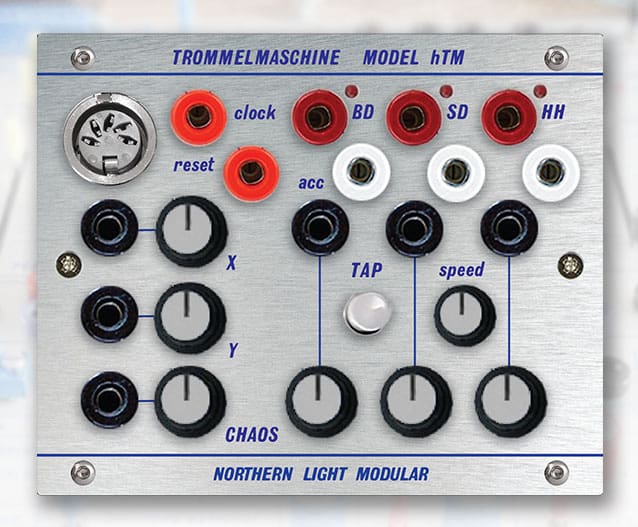
A Succession Of Repetitive Beats
For more complex triggering tasks, then Times and Triggers (Model 2TTs) will get even the most ardent modular user flushed with excitement. It’s based on Temps Utile (a clock generator and utility module) in the top half and two independent Mutable Branches circuits in the bottom. The first acts as a Bernoulli Gate (a form of random switcher) and the second utilises the alternative ‘Twigs’ firmware for clock division/multiplication and swing duties. By combining the functionality from three different existing modules, NLM delivers a powerhouse of triggering (and with lots of CV control).
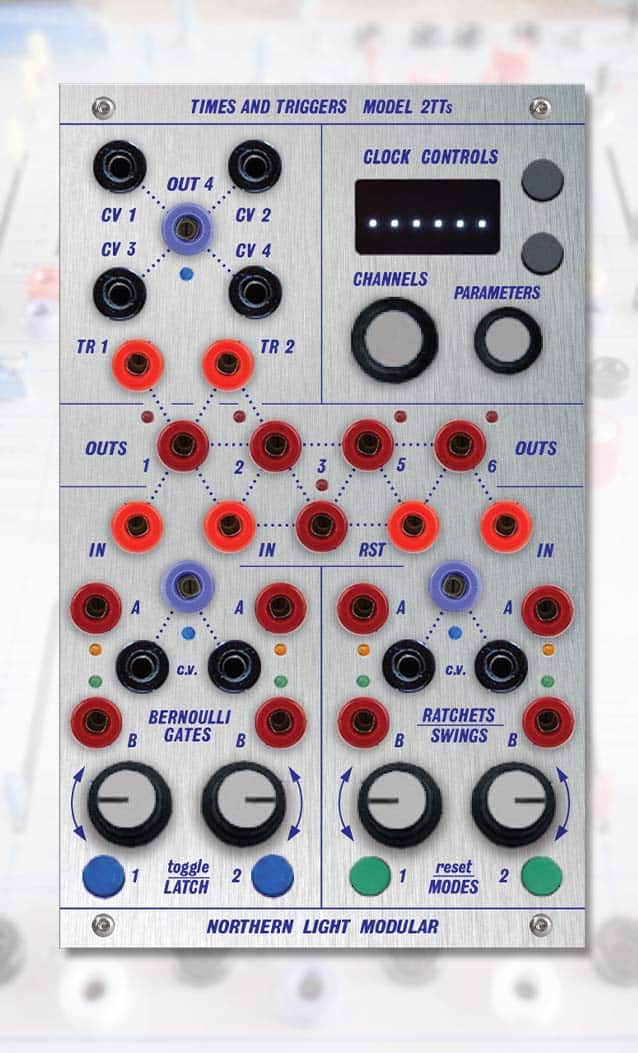
The Dual Dual CV Polymorpher – Model 2OC 2.1 is another module using existing tech, this time the Open Source Ornament & Crime, but two of them and with expanded features. You can install alternate firmware, but as things stand, this module provides a host of utility-type functions, including LFOs and pitch quantising, but with over 10 other very varied ‘apps’. Like any multifunction module, editing is not always for the faint-hearted (and there is an online manual for reference) however, its power and usefulness are undeniable.
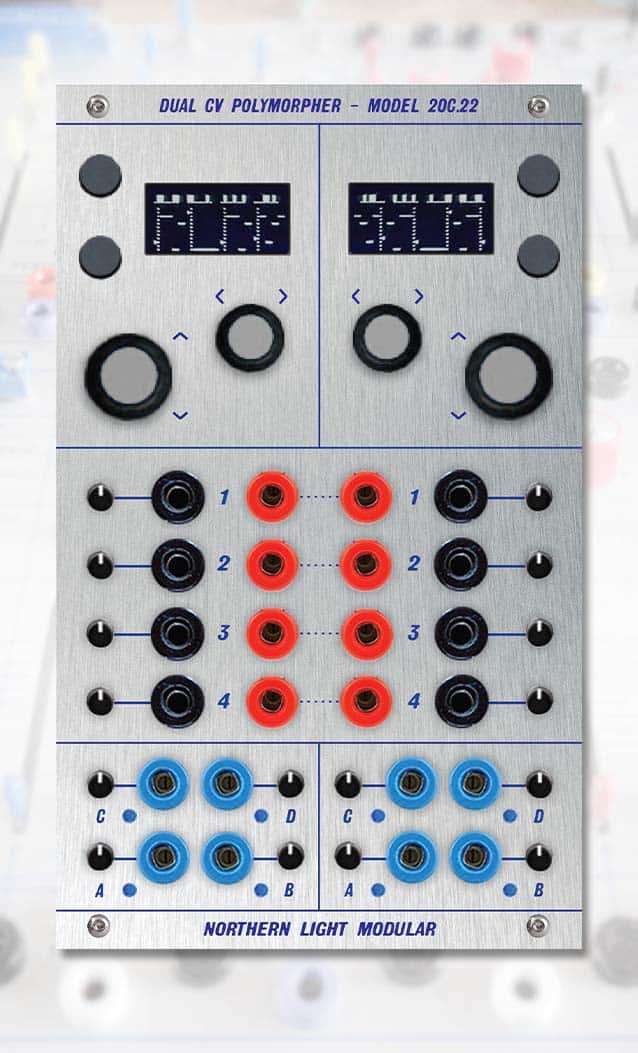
With the Delayed Inveloper (Model hDI) we’re back to a smaller panel and two digitally-driven envelope generators (though of course, NLM adds features such as delays, repetition and looping that make this more than a simple dual ADSR). The Aurora Australis system kindly includes two of these.
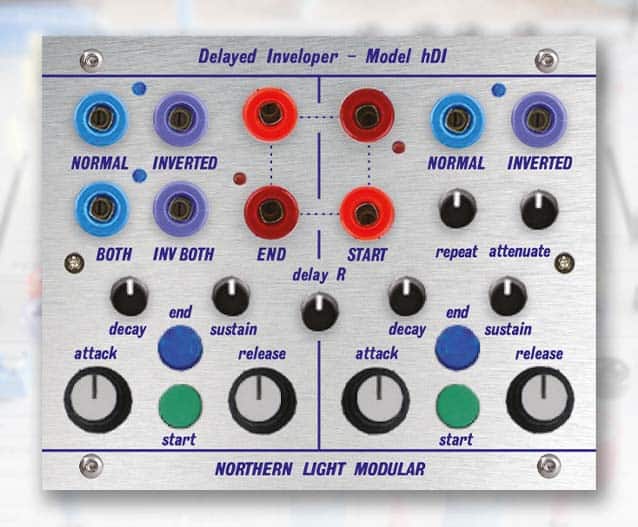
Of course, with all the voltages flying around it’s useful to have some way of taming or combining them, and for that, we have Voltage Circus (Model hVC), a 6-channel attenuator, offset and mixer.
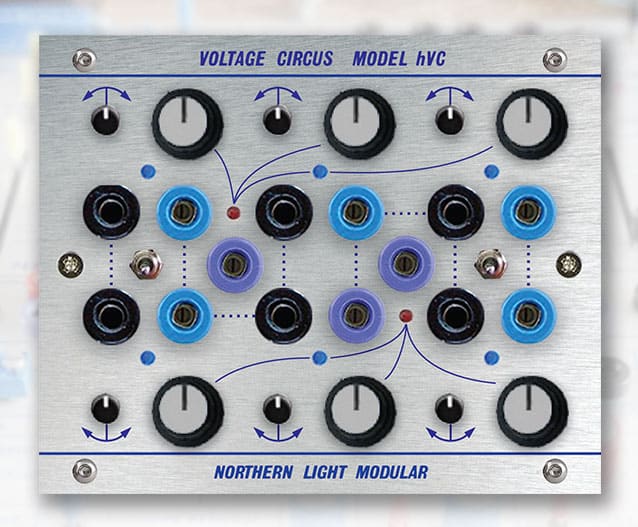
For audio mixing, we are provided with two Morphing Mixer (Model hMM2) modules. These each have four inputs and 4 CV-controlled VCAs, but the additional Morpher (a form of waveshaper/folder circuit taken from the RSF Kobol synthesizer which has its own output) allows you to gnarl and twist sounds in quite a pleasing way – a nice option to have.
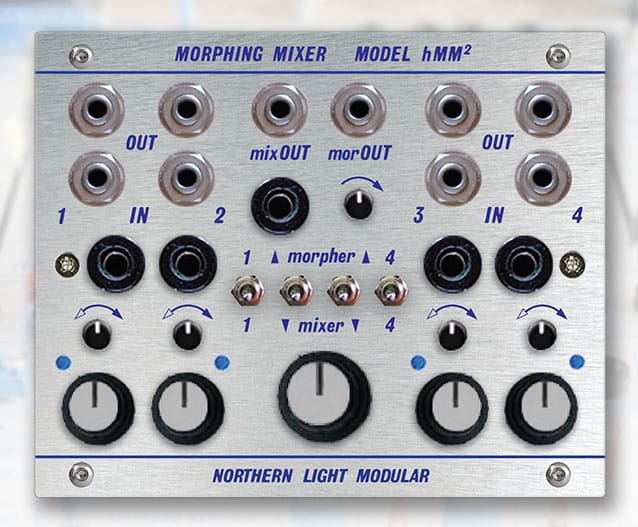
Earlier on we mention that a module like the Animated Tricillator might usually be paired with a filter for subtractive shaping. Well NLM comes to the rescue with Polemixing Filters – Model hPF. I really like the sound and flexibility of this small dual filter module. Different filter types can be used separately or in series and with good CV control access.
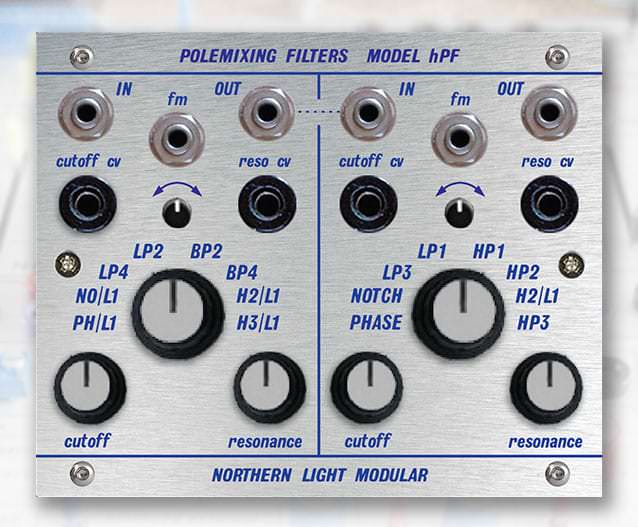
For something altogether more complex, we can turn to Spectral Resonator (Model 2SR) which is based on (but going further than) the 4ms Spectral Multiband Resonator module. It is a bank of resonant filters that can be used as a processor, vocoder, harmoniser or part of an acoustic modelling system when fed with a short burst of noise. At the centre of the module sits a control knob and a ring of coloured LEDs that display the frequency of each filter. This is a complex and interesting module (and quite pricey), but in the right hands will prove to be both useful and flexible.
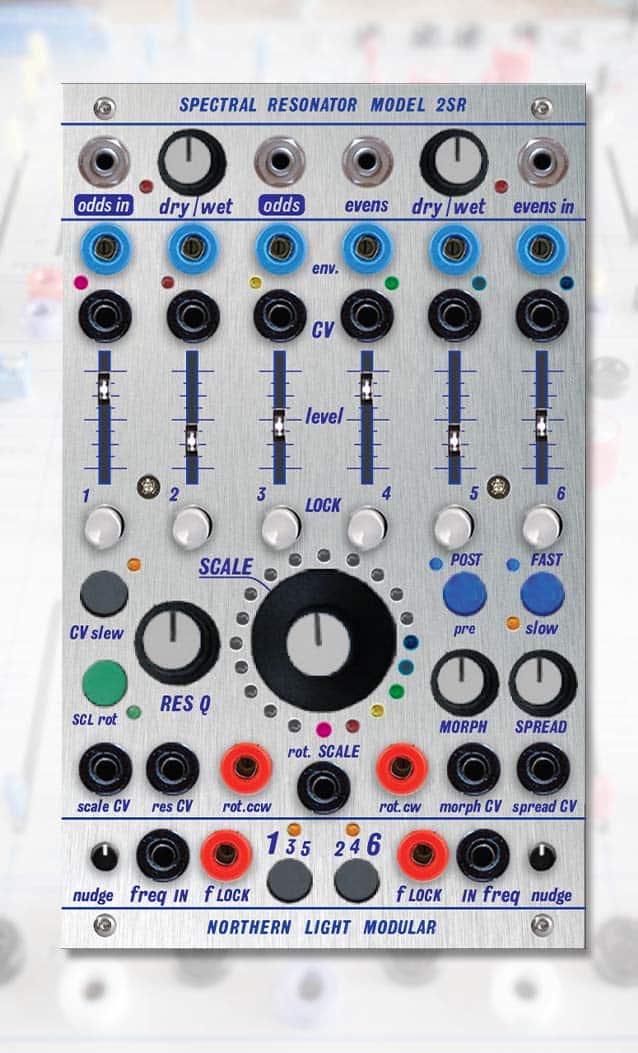
Another sound processor, and one of the most intriguing modules in the whole NLM collection, is the 2H9 Effects Processor. If you think it looks vaguely familiar then you won’t be surprised to find that is in fact a full rack conversion of the Eventide H9 MAX pedal, with audio levels that are adapted to the Buchla system. You obviously pay quite a premium price for the luxury of all this convenience, but the result makes you wish there was more front panel space to do the same thing for Eurorack.
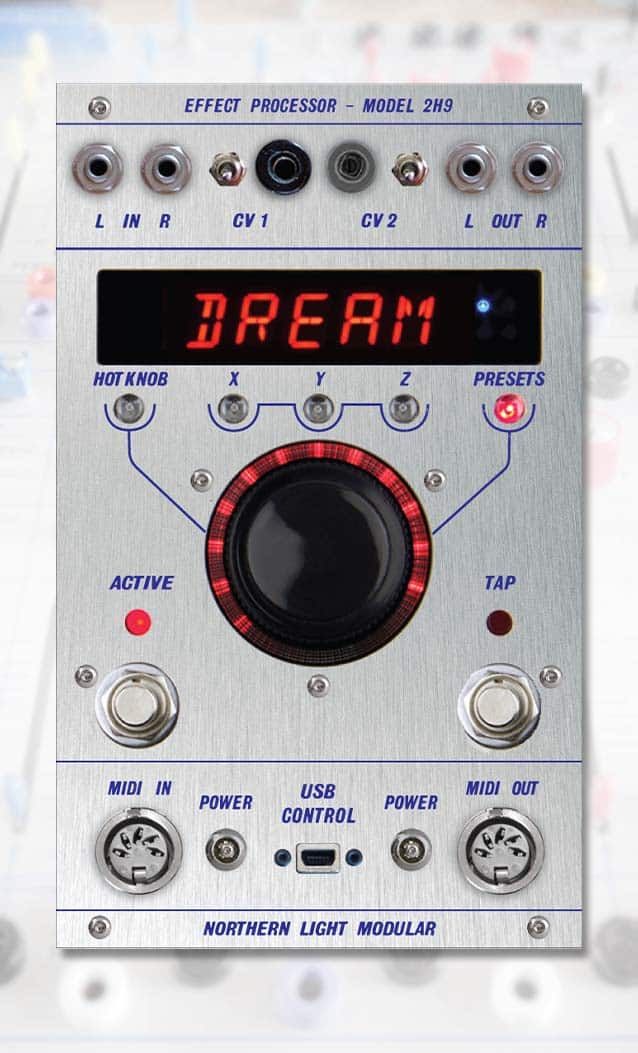
And if this wasn’t enough, then in this system it is combined with the EvenMidi 4U (Model 2EM), a CV/midi controller tailored to Eventide (but compatible with other MIDI devices). They make a formidable package.
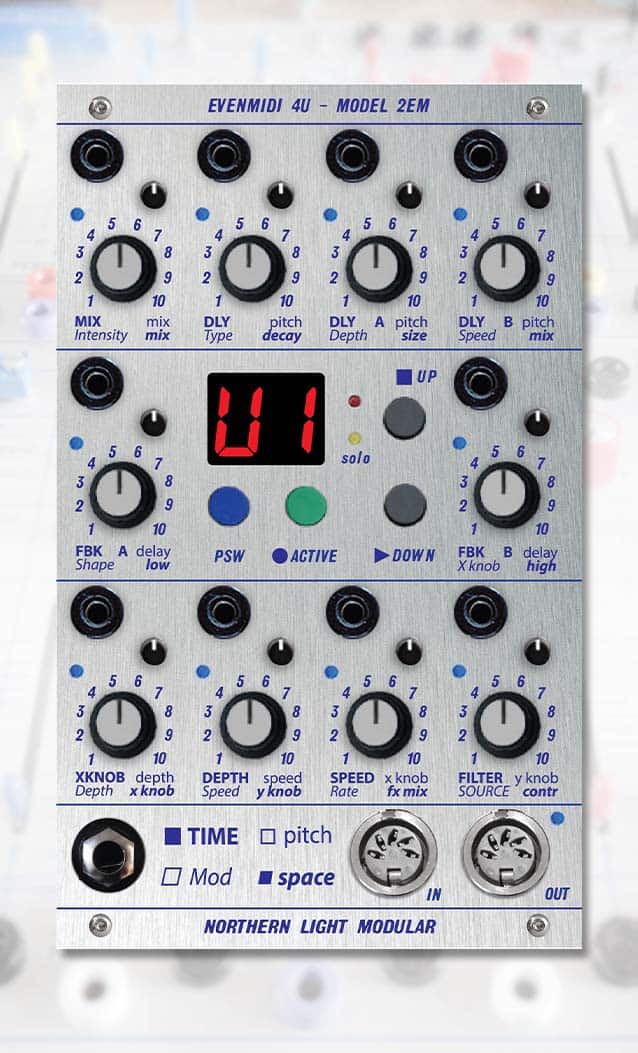
Finally, and to complete the integrative approach taken by NLM is the MIDI Yodler (Model hMY), a 4-channel CV/Gate converter. Based once again on a Mutable design (Yarns), it goes beyond simple monophonic conversion and offers polyphonic modes, as well as sequencing and support for micro-tuning.
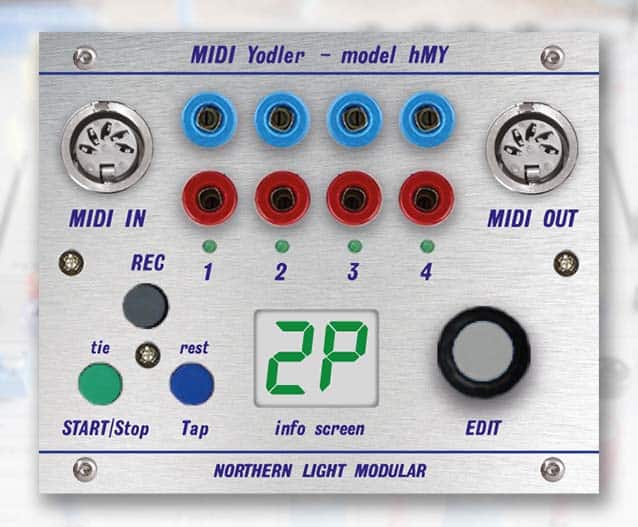
Light My Fire
There’s no denying how impressive this system is, and what a great job NLM has done in adapting existing modules and designs and creating their own. Aurora Australis offers a plethora of sound creation options in a great-looking package (albeit one that doesn’t quite lend itself to portability (if that’s your thing). The only real caveat is that of price. Whilst I wouldn’t recommend this as a beginner’s system, for those already immersed in Buchla or looking to make the leap, you won’t be disappointed.
The Aurora Australis contains:
- 1x EvenMIDI 4U – Model 2EM
- 1x 2H9 Effects Processor
- 2x Morphing Mixer – Model hMM
- 1x Spectral Resonator – Model 2SR
- 1x Times and Triggers – Model 2TTs
- 1x Animated Tricillator – Model 2AT
- 1x Dual CV Polymorpher – Model 2OC 2.1
- 2x Delayed Inveloper – Model hDI
- 1x MIDI Yodler – Model hMY
- 1x Finger Drums – Model hFD
- 1x Trommelmaschine – Model hTM
- 1x Polemixing filters – Model hPF
- 1x 8-bit Synth Voice – Model h8B
- 1x Voltage Circus – Model hVC

